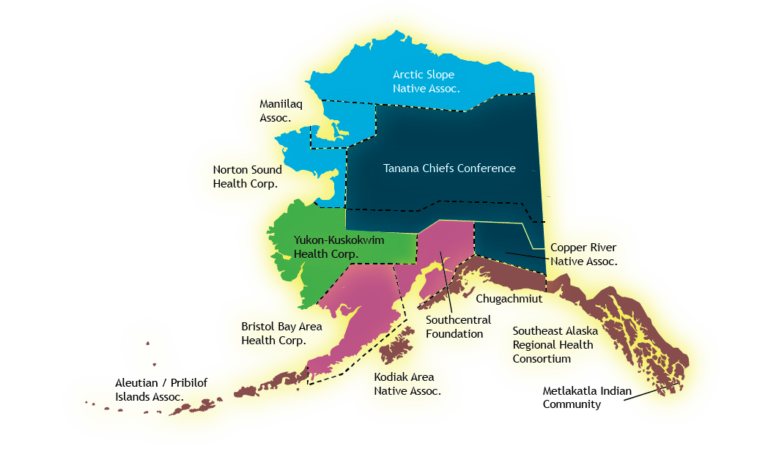
Water is an essential part of our wellness.
Hand washing, cleaning and daily hygiene are all easier with regular access to adequate water for household use. But for many Alaska communities, water insecurity is a stark reality. Alaska has the lowest rate of in-home plumbing nationwide, with over 30 remote communities that are lacking system wide plumbing.
ANTHC is partnering with these communities to improve the water and wellness connections for more Alaska Native people.
Historic levels of funding provided by the Federal Government have created the opportunity to bring water and wellness solutions to more communities throughout Alaska than ever before.
The Indian Health Service (IHS), with consultation from ANTHC, the State of Alaska and Tribes from around Alaska, uses an objective process to determine the order in which Legacy List projects are funded. Legacy List projects are the projects that were entered into the IHS Sanitation Deficiency System (SDS) before 2022. Projects across the state are administered by either ANTHC, or the State of Alaska’s Village Safe Water (VSW). The contact for all VSW-led communities is listed below.
While the opportunity to bring more water and wellness solutions to more homes and communities than ever before is exciting, ANTHC continues to advocate and seek additional funding to finally close the clean water access gap that remains in Alaska.

What steps are needed in order to receive funding for sanitation projects?
Planning prior to funding.
Detailed planning and design.
Once designs and permits are in place, construction can begin.
ANTHC is working with Tribes and communities to ensure projects are informed by the very people they aim to serve. ANTHC’s role in bringing more communities safe water and sanitation than ever before spans the life of any given project.
The Consortium works with communities to help pursue new funding opportunities, submit project proposals, and provide assistance in getting a project to meet the IHS’s criteria for “ready to fund” status. Additionally, ANTHC leads, assists, and consults on the management of the project as funding is secured and the work is underway.
Water and sanitation services are managed by ANTHC and State of Alaska Village Safe Water (VSW). Colors on map match to the ANTHC contact below.

KANA
APIA
Chugachmiut
SEARHC
Elizabeth Merrill, P.E.
Engineering Project Manager IV
(907) 306-3233
ekmerrill@anthc.org
SCF
BBAHC
YKHC
Brent Hove
Project Manager III
(907) 729-3658
brhove@anthc.org
ASNA
Maniilaq
NSHC
TCC
CRNA
Scattered Sites Statewide
State of Alaska point of contact:
All VSW-led communities can reach out to the State of Alaska.
Carrie Bohan
State of Alaska, Village Safe Water-led Communities
Facilities Program Manager
(907) 465-5143
carrie.bohan@alaska.gov
IIJA is not the only opportunity for funding.